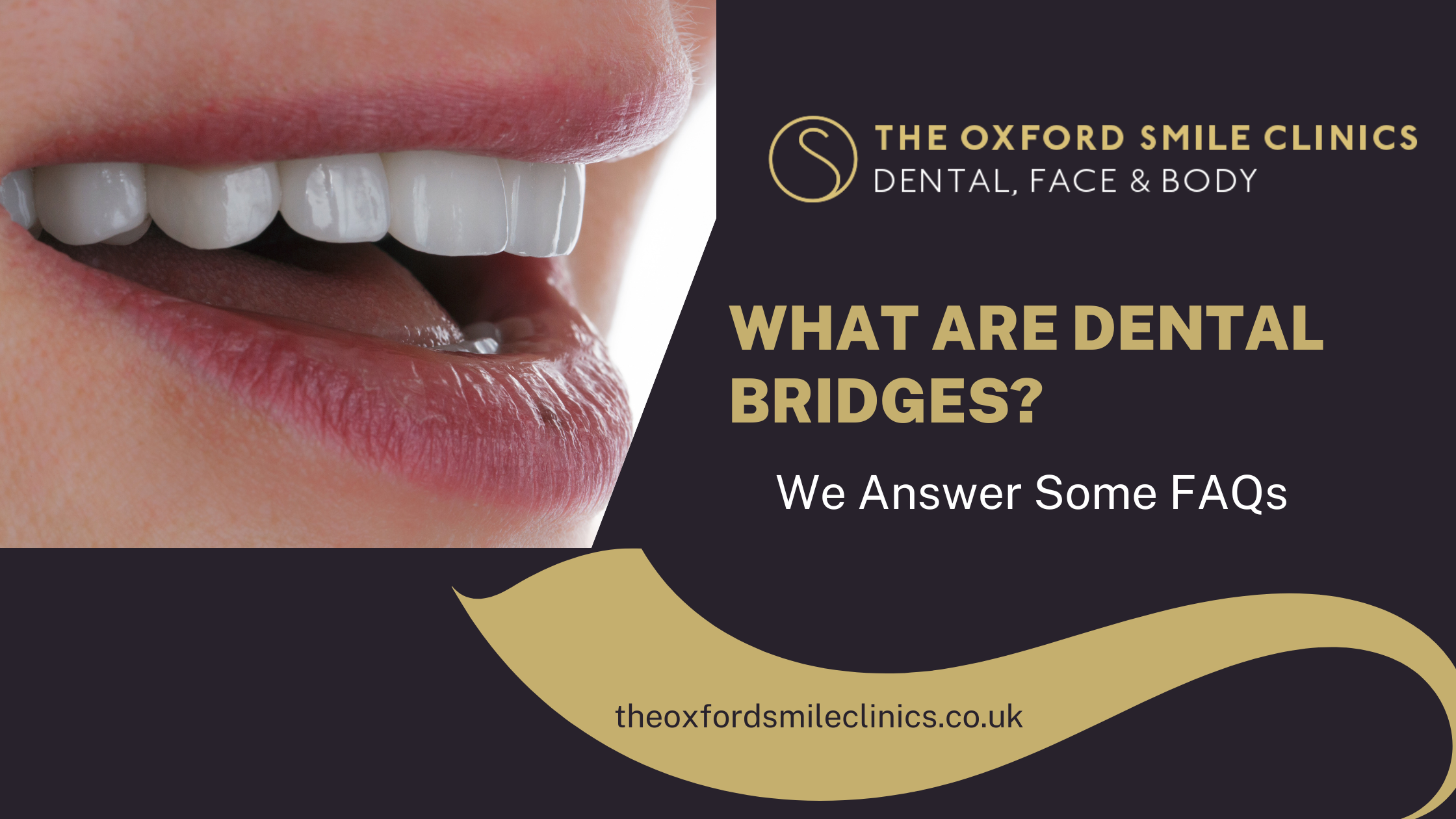When we talk about missing teeth, the first thing that comes to mind is removable dentures. But have you ever wondered if there are any tooth replacement options available other than dentures? Of course, there is! Have you heard of dental bridges? If not, don’t worry; this blog contains all the information you need to decide whether a dental bridge is the right option to replace missing teeth.
So, read through the entire blog to get all your questions about dental bridges answered.
What Are Dental Bridges?
According to the American College of Prosthodontists, a bridge is a fixed prosthesis used for replacing one or more missing adjacent natural teeth. Unlike a removable denture that can be removed and inserted at the patient’s will, a bridge takes support from the healthy natural teeth on either side and remains fixed to them. Therefore, a bridge can only be used for tooth replacement in patients who still have a few natural teeth left in their mouth to support the prosthesis.
What Are The Different Types of Dental Bridges?
According to the Cleveland Clinic, there are four different types of dental bridges based on their design:
- Traditional Bridges – These bridges take support from healthy teeth on both sides. Crowns are attached to both sides of the bridge that sit on the prepared natural teeth and prevent the prosthesis from moving unnecessarily. The artificial teeth used for replacing the missing teeth in a bridge are called pontics. These bridges are used when healthy natural teeth are available on both sides of the missing teeth gap.
- Cantilever Bridges – As the name suggests, these bridges take support from the natural teeth only on one side. These bridges are used when natural supporting teeth are only available on one side of the missing teeth gap.
- Maryland Bridge – This bridge has a different design than the traditional and cantilever bridge. Instead of taking support from the natural teeth through crowns (abutments), these bridges are attached to the supporting teeth using a metal mesh. This mesh is bonded to the lingual (tongue-facing) surface of the teeth. These bridges are typically used for replacing the front missing teeth where heavy biting forces are not expected.
- Implant-supported Bridge – This bridge has a similar design to the conventional tooth-supported bridges. However, instead of natural teeth, they use dental implants for their support.
What Are The Benefits of Dental Bridges?
Dental implants offer several advantages over conventional removable dentures:
- Support – dental bridges remain fixed to the natural teeth. As a result, they provide superior support and chewing efficiency than removable dentures.
- Aesthetics – Dental bridges use aesthetically pleasing tooth-coloured ceramic pontics and abutments that help restore one’s smile and facial aesthetics.
- Durability – dental bridges tend to last considerably longer than removable dentures, which require frequent repair or replacement.
How Do Dental Bridges Work?
Dental bridges have the same design as architectural bridges. Like a road bridge is used for “bridging” a gap between two places, a dental bridge is used for bridging a gap created by one or more missing teeth. A bridge consists of abutments at both ends, which are crowns bonded to the supporting natural teeth. In between the abutments are pontics, the artificial teeth which will fill the gap. So, the abutments rest on natural teeth or implants and provide support for the pontics used for tooth replacement.
What Is The Difference Between a Dental Crown And a Bridge?
The primary difference between a crown and a bridge is that a crown is used for “restoring” a damaged tooth, while a bridge is used for replacing one or more missing teeth. You can consider a tooth bride as a prosthesis consisting of multiple crowns joined together, two abutments on both sides for support and the pontics in between them for tooth replacement. The number of pontics or crowns needed for a bridge depends on the number of missing teeth.
What Is a Temporary Dental Bridge?
The fabrication process of a dental bridge is typically completed between 2-3 sittings. During this time, patients prefer to have a temporary solution for their missing teeth. A temporary bridge is an appliance that is used for transiently replacing the missing teeth, while a permanent dental bridge is fabricated in the dental laboratory. However, temporary bridges are not as strong and durable as the permanent ones. Therefore, they should not be used for eating and are only for aesthetic purposes. Once a patient’s bridges are received from the lab, their dentist will remove the temporary ones and bond the permanent ones in their place.
How Long Does a Dental Bridge Typically Last?
A bridge’s service life depends on various factors, such as the type of bridge, the quality of the material used for its fabrication, how well they are looked after by the patient, and the dentist’s skill. So, naturally, a traditional bridge will be considerably longer-lasting than a cantilever or Maryland bridge. Similarly, a bridge would last longer if its looked after carefully through optimal oral hygiene maintenance and by preventing its overloading. Typically, a tooth bridge can last up to ten years provided it is looked after well.
If you live in Didcot and are considering a dental bridge for your missing teeth, you should consider Oxford Smile Clinics. Why? Because this practice has the best dental team in town and offers the highest-quality general and specialist dental services to its patients. So, request an initial consulation today and let us take care of your entire family’s dental health.


